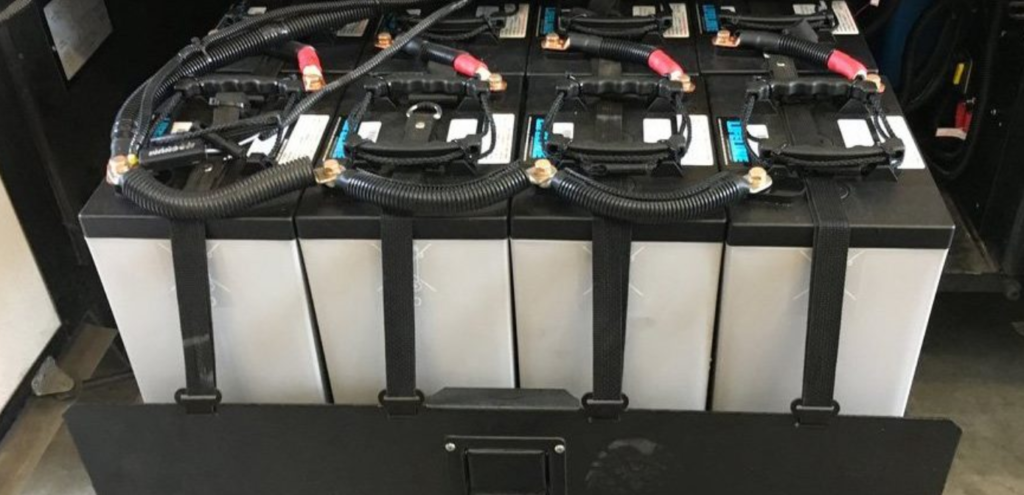Cells and batteries are used in electrical or electronic devices that require energy to function without being connected to an electrical network. Thus, cells and batteries are devices capable of storing electrical energy for long periods of time. Most mobile devices that exist today, even cars, need batteries to function.
Therefore, the purpose of this article is to show what cells and batteries are, what is the difference between them, and what types of batteries exist on the market.
What are cells?

Batteries are components capable of producing an electrical voltage from chemical redox reactions. This means that one material in the reaction loses electrons in a process called oxidation while another receives electrons, in a process called reduction.
The cell has an anode, which undergoes oxidation and releases electrons. Thus, they flow through an electrolyte solution and reach the cathode. The cathode receives electrons from the anode and is left with excess electrons. Thus, there is an electrical potential difference between the battery terminals.
A typical battery has an anode formed from metallic zinc, and a cathode formed from manganese dioxide, ammonium chloride, water, and starch.
Likewise, there are also alkaline batteries, with similar structures but greater charge capacity. The anode is formed by zinc or cadmium plated and the cathode has the presence of potassium chloride in place of ammonium chloride.
However, the problem with these first two types of batteries is that they are disposable. After discharge, they must be thrown away. Therefore, there are rechargeable batteries, with a specific chemical composition that allows this recharge.
What are batteries?

A battery, like a cell, is also a device capable of providing electrical energy from a chemical redox reaction.
There are batteries of the most diverse sizes and powers, from batteries for automobiles to watches.
The study of increasingly smaller batteries, with more charge and longer service life, allows the advancement of smartphone technologies, electric cars, and other mobile devices. Today, batteries are still expensive and complex components to produce.
What is the difference between cells and batteries?
The main difference between cells and batteries is that a battery is a set of cells connected in series or in parallel. So, to get a 9V battery, it is possible to connect 6 1.5V batteries in series to get 9V. To increase the electric current that the system can supply, 6 more batteries are connected in parallel with the first 6, maintaining the voltage but increasing the battery power.
Types of batteries

There are different types of batteries for different applications as can be seen in the list below.
- Alkaline: These are 9V batteries sold almost anywhere, with good power for their size, durable and widely used in multimeters and ammeters;
- Lead battery: They have a low cost, are resistant to temperature variation and have a great durability. However , lead batteries are heavy and are designed to be constantly charged and sometimes discharged. Therefore, they are used for car starting;
- Lithium Ions: These are batteries used in cell phones, electronics and other current devices with rechargeable batteries. They have good durability, high capacity and long service life. However, they are still expensive;
- Nickel-cadmium battery: It has a much higher charge than lead batteries for the same weight, however its cost is very high and it is harmful to the environment. Another problem is that the nickel-cadmium component is not capable of withstanding large temperature variations;
- Zinc Air: They are a new technology, capable of using the oxygen present in the atmosphere to react with zinc and produce electricity. Therefore, its rechargeable model can be used in electric vehicles, as they have high durability and energy efficiency.
Thus, it is possible to see that the battery is still a problem in the current scenario, and humanity needs the development of more efficient and viable batteries in order to progress. The most efficient materials for building this component are difficult to extract and are non-renewable, preventing its long-term scale. Thus, the creation of new battery technologies is essential for human development.
Another article on this blog that may interest you: